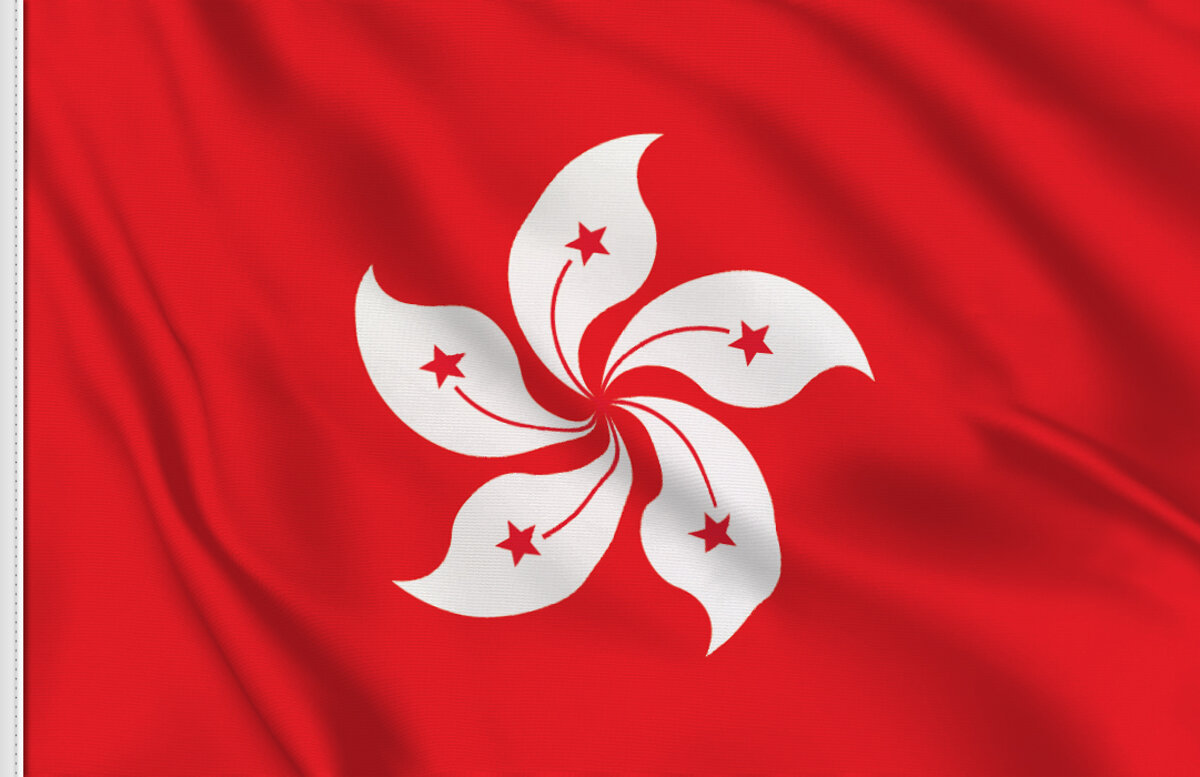

#HONG KONG TIDINESS MANUAL#
Gully emptiers are used to clear gully traps on highways and flyovers where manual means will pose danger to life and limb. Dirt and refuse taken from gullies are delivered to refuse collection points. Application of larvicidal oil is done on weekly basis as a precaution against mosquito breeding. Roadside gullies are generally cleared manually every two to four weeks. They are taken to the refuse transfer stations or landfills managed by the Environmental Protection Department. Every day, about 6,130 tonnes of household waste is collected, including 1,020 tonnes from Hong Kong Island, 1,920 tonnes from Kowloon and 3,190 tonnes from the New Territories and outlying islands. The Department and its cleansing contractors operate some 275 modern refuse collection vehicles. The Department would continue to combat illegal refuse deposits in a multi-pronged approach including enhancements in public education, street cleansing work and enforcement action. The Department will closely monitor the targeted blackspots and suitably adjust its action plans in light of actual circumstances, including the relocation of IP camera in a timely manner, so as to enhance the effectiveness of enforcement actions.
#HONG KONG TIDINESS PDF#
The Department has installed Internet Protocol (IP) cameras at illegal refuse deposit blackspots (in PDF Format) to combat illegal deposits of refuse and improve environmental hygiene. Internet Protocol Camera Installation Scheme This form is obtainable at the District Environmental Health Offices and the District Offices of the Home Affairs Department. To facilitate the public to report cases of the littering from vehicle, a Littering From Vehicle - Report Form (in PDF format) has been introduced by this Department. The cases involved a total fines of about $ 76.35 million.

The level of fixed penalty is $1,500 effective from 26 June 2003.ĭuring the year of 2021, enforcement officers of the Department issued over 50,900 fixed penalty notices against cleanliness offences. Unauthorized display of bills or posters and.

To step up law enforcement to keep Hong Kong clean, the Fixed Penalty System against the following common public cleanliness offences is introduced:.

This Department carries out daily enforcement action to prosecute littering offenders. To help keep Hong Kong tidy, about 11,400 litter containers and about 1,900 dog excreta collection bins are placed on the streets. The Department has continued to contract out street cleansing services for greater efficiency and cost-saving. The Department and its cleansing contractors have a total of 115 street washing vehicles which operate day and night with the frequency of street washing ranging from on need basis to daily depending on the nature of the area served. These mechanical sweepers normally swing into action after midnight when there is less traffic. of contractor's mechanical sweepers used to cleanse highways, flyovers and central road dividers and other high-use traffic areas. In the main commercial and tourist areas, streets are swept an average of four times a day, and up to eight times a day in the busiest pedestrian areas.Ĭomplementing manual sweeping are 10 nos. All streets are manually swept at least once everyday. Workers normally begin working at daybreak and continue until late evening. The Department and its cleansing contractors have a total workforce of about 13,200 to keep the city clean and provide cleansing services, including street sweeping, waste collection and other cleansing work in Hong Kong. Street Cleansing Waste Collection Gully Cleansing Conservancy Services Poster Removal Public Refuse Collection Points Public Toilets Public Bathhouses Vehicles Street Cleansing


 0 kommentar(er)
0 kommentar(er)
